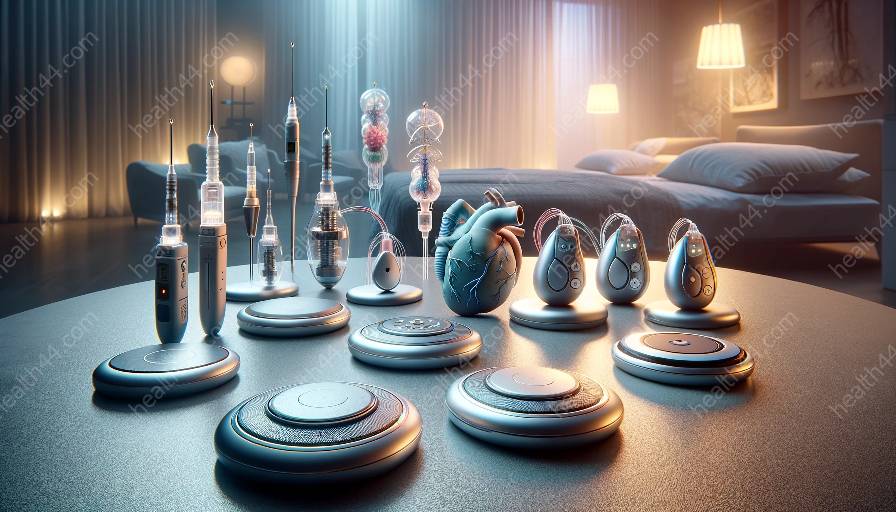Pacemakers have revolutionized the treatment of cardiac conditions, offering a lifeline to individuals suffering from heart rhythm abnormalities. These implantable devices, along with other medical equipment, have transformed the landscape of healthcare, enhancing patient outcomes and quality of life.
The Evolution of Pacemakers
Pacemakers are electronic devices designed to monitor and regulate the rhythm of the heart. Over the decades, technological advancements have led to the development of more sophisticated and efficient pacemakers.
Early pacemakers were large, external units that provided temporary relief for individuals with irregular heartbeats. However, modern pacemakers have evolved into compact, implantable devices capable of continuously monitoring and pacing the heart as needed.
Implantable Devices in Healthcare
Implantable medical devices cover a broad spectrum of technology, including pacemakers, defibrillators, neurostimulators, and more. These devices are inserted into the body to manage, monitor, or support various physiological functions.
Implantable devices have significantly impacted the treatment of chronic conditions, such as cardiac arrhythmias, chronic pain, and neurological disorders. They offer targeted intervention and personalized care, empowering patients to live fuller and more active lives.
Revolutionizing Cardiac Care
Pacemakers play a crucial role in managing cardiac rhythm disorders. By continuously monitoring the heart's electrical activity, pacemakers can deliver electrical impulses to maintain a steady heartbeat. This technology has been instrumental in preventing life-threatening heart rhythm disturbances and improving overall cardiac health.
Moreover, the integration of advanced features, such as remote monitoring and wireless communication, has enhanced the management of pacemakers. These capabilities enable healthcare providers to remotely monitor patients' heart activity and make timely adjustments to the pacemaker's settings, promoting personalized care and proactive intervention.
Technology and Innovation in Medical Devices
The field of medical devices and equipment continues to witness rapid advancements, driven by innovations in materials, miniaturization, and data connectivity. This progress has not only improved the performance and longevity of pacemakers and implantable devices but has also expanded their applications in various medical specialties.
Furthermore, the integration of artificial intelligence and machine learning has paved the way for predictive analytics and precision medicine in the management of chronic conditions. This convergence of healthcare and technology holds immense promise for delivering tailored and effective therapies through implantable medical devices.
Enhancing Patient Well-being
Implantable medical devices, including pacemakers, have profoundly impacted the well-being of millions of individuals worldwide. By providing continuous support and intervention, these devices offer a sense of security and comfort to patients with chronic health challenges.
Moreover, the ongoing advancements in implantable technology are driving improvements in the size, longevity, and functionality of these devices, thereby optimizing patient comfort and reducing the need for frequent interventions.
The Future of Implantable Medical Devices
The future of implantable medical devices is marked by continuous innovation and expansion into new therapeutic domains. From next-generation pacemakers with advanced sensing capabilities to smart implantable devices that interface with digital health platforms, the possibilities are both exciting and transformative.
As the healthcare industry embraces a digital revolution, implantable devices are poised to play an increasingly integral role in personalized medicine, chronic disease management, and remote patient monitoring, heralding a new era of proactive and patient-centric healthcare.


